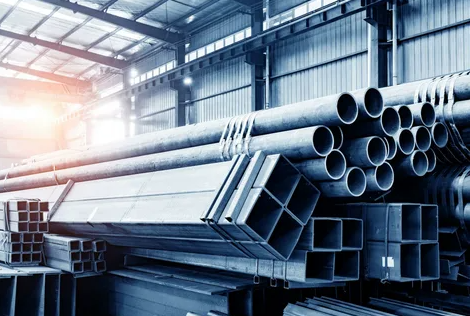Poland's dependence on coal as its main source of fuel has resulted in high levels of air pollution that are considered to be among the worst in Europe. In addition, there has been a decrease in the life expectancy of the average resident due to health problems associated with excessive use of coal, as evidenced by research by international organizations.
However, Poland does not intend to end its dependence on coal, which is its main source of energy, despite the highest rate of premature mortality in Europe, which can be attributed to exposure to air pollution. Poland is the second largest coal producer in Europe after Germany and receives about 85 percent of its electricity and 43 percent of its heat from coal-fired power plants.
Over the past week, representatives of the Polish opposition party, whose candidate won the presidential elections last month, confirmed that "Our goal is to support and preserve the role of coal in the Polish economy in negotiations with the European Commission on carbon emissions." The Law and Justice Party is ahead in opinion polls conducted ahead of the parliamentary elections in the fall.
In February, the European Commission warned Poland about its non-compliance with European Union legislation on air pollution, in particular exposure to fine dust particles. Tiny PM10 particles can cause asthma, cardiovascular problems, lung cancer, and even premature death. In Poland, these particles are generated mainly in emissions from the use of coal for heating homes, transport and industry. The Commission notes that the latest figures from Poland show that the maximum daily limits for these particles have been exceeded in 36 zones, and the annual limits have been exceeded in 12 zones.
According to the findings of the European Commission, Poland is the country with the highest level of pollutant emissions and causes the greatest damage to the climate in Europe due to “harmful” power plants. In Poland, the Belchatow power plant in the Lodz region supplies almost 20 percent of the country's electricity. It is the largest lignite-fired power plant in Europe and contributes to 37.2 million tonnes of CO2 per year.
Subscribe to news 
Metallurgy news
- 13 December 2025
17:00 Mexico to impose higher import duties on Brazilian steel products - 12 December 2025
18:00 Mexico approves new tariff hike against China 18:00 CAAM: Sales of new energy vehicles in China increased by 31.2 percent in January-November 2025 17:00 OCBC supports Singapore's Green Esteel's $1.5 billion HBI project to boost low-carbon steel supplies 17:00 China introduces new rules for steel exports 16:00 Thyssenkrupp returns to net profit in fiscal year 2024-2025 16:00 Jingjiang Yongjin Chinese company modernizes reverse cold rolling mill in Jiangsu 15:00 Ukrainian Interpipe took up the development of new equipment and products
Publications
13.12 Golden Goose: Beauty is in the dark 10.12 Advantages of a beer business franchise: stability, brand support, proven business models 09.12 Windows Installation Services 09.12 Industrial Partners Services 08.12 Official air conditioning service Climat Center






